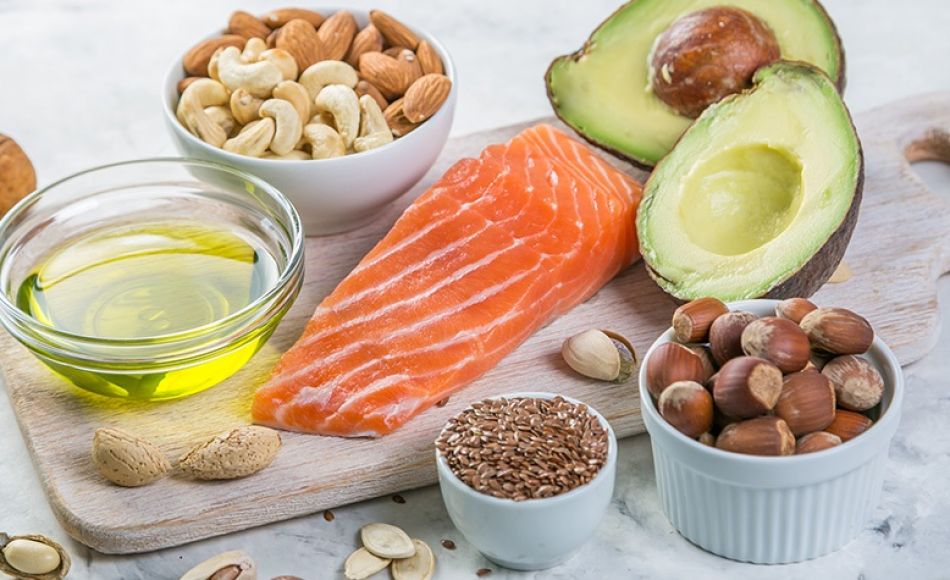In the past, dieting by the numbers was all the rage. Calorie counts, fat and cholesterol intake were pored over and scrutinized. Today, a growing number of consumers take a more personal approach to wellness—in fact, 40% say their definition of health has changed over the past two years (Technomic, 2018). And the desire to eat mindfully while still wanting to indulge in meals away from home is a constant struggle. For operators, it can be challenging to offer dishes that meet the changing dietary requests from patrons but still fit into a cohesive menu story.
One critical issue for operators to address is eliminating the possibility of a “veto vote.” When one person in a group has a dietary restriction, that person is likely to make the final decision as to where the group dines. By gaining an awareness of today’s top health trends and specialized diets, operators can create items that appeal to a large consumer base.
There’s a unique complexity to consumer purchasing decisions when it comes to wellness trends. For example, not all patrons who choose gluten-free foods are allergic or sensitive to gluten. Diners who are moving towards a plant-based diet don’t necessarily identify as vegetarian or vegan—they may simply be consuming less meat and more plant-forward food than they did in the past. In this issue, we’re going to take a closer look at plant-based dining, the ketogenic diet and gluten-free cuisine with insights as to how you can satisfy patrons with your menu offerings.
Though the exact details of these specialized diets can vary by individual, here is how we currently define them:
Plant-based: Plant-based or plant-forward eating patterns focus on foods primarily from plants, including fruits and vegetables, nuts/seeds, whole grains, legumes/beans and oils. It doesn’t always mean a person is a vegetarian or vegan or never eats meat or dairy. It simply means that consumers proportionately consume more foods from plant sources—what we would consider a “flexitarian” diet.
Keto: The Ketogenic diet is characterized by a very low-carbohydrate, moderate protein and high-fat level. Reducing carbohydrates is said to put the body in a state of ketosis, a metabolic state where fat is burned for energy rather than typical carbohydrates.
Gluten-free: Gluten is a type of protein found in grains such as wheat, barley and rye, as well as foods made from these grains. Avoiding these grains is important to consumers with celiac disease or gluten sensitivities.
Content courtesy of Conagra Foodservice


